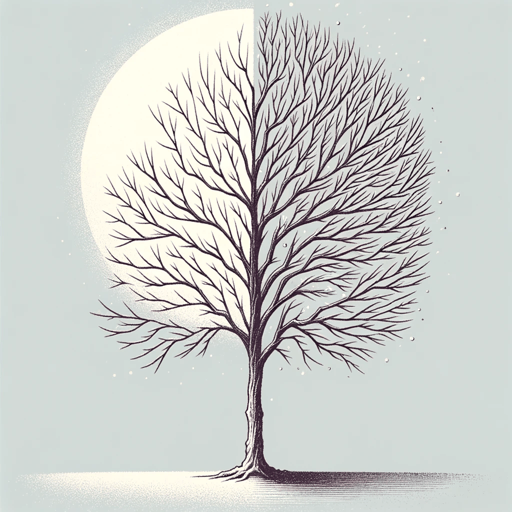18 pages • 36 minutes read
Gwendolyn BrooksThe Crazy Woman
Fiction | Poem | Adult | Published in 1960A modern alternative to SparkNotes and CliffsNotes, SuperSummary offers high-quality Study Guides with detailed chapter summaries and analysis of major themes, characters, and more.
Background
Literary Context
The Harlem Renaissance had a significant influence on Brooks, which is seen in this brief poem. The movement occurred in New York during the 1920s and 30s, and it encouraged Black writers and artists to express their lives, voices, and multidimensional identities. While Brooks read and admired the writers of the time, especially Langston Hughes, she rejected the way some artists and writers exoticized Black people, and she sought to present them simply as people. In her poetry and writing, Brooks sought to humanize Black people, showing that Black people experience the same issues, emotions, and experiences as any member of the human race. This plays out in “The Crazy Woman,” where the reader is only aware of the speaker’s gender, but unaware of her race—as such, the sentiment becomes more universal to the experience of women.
Indeed, “The Crazy Woman” is a part of the literary context in which women are deemed crazy or unwell for acting against conventions. In her novel Their Eyes Were Watching God (1937), the Harlem Renaissance author Zora Neale Hurston created a unique woman in the character of Janie Mae Crawford. Like the crazy woman, Janie asserts herself and resists norms by standing up to her husband and starting a romantic relationship with a younger man.
Related Titles
By Gwendolyn Brooks

A Bronzeville Mother Loiters in Mississippi. Meanwhile, a Mississippi Mother Burns Bacon
Gwendolyn Brooks
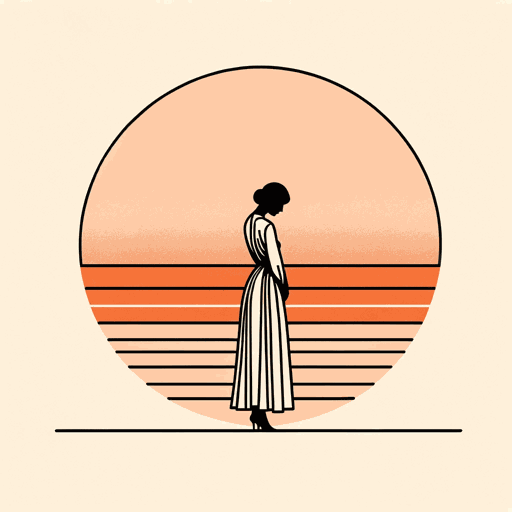
A Sunset of the City
Gwendolyn Brooks
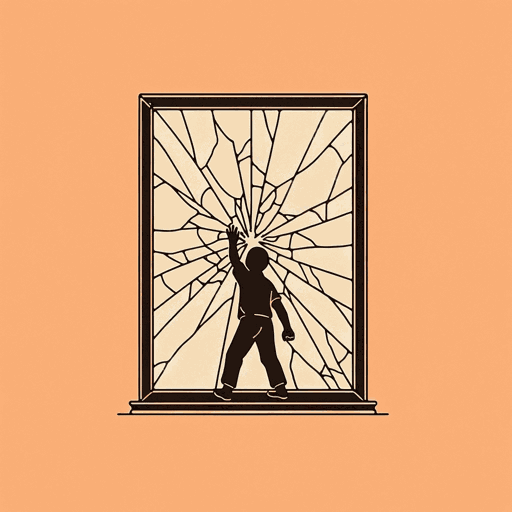
Boy Breaking Glass
Gwendolyn Brooks
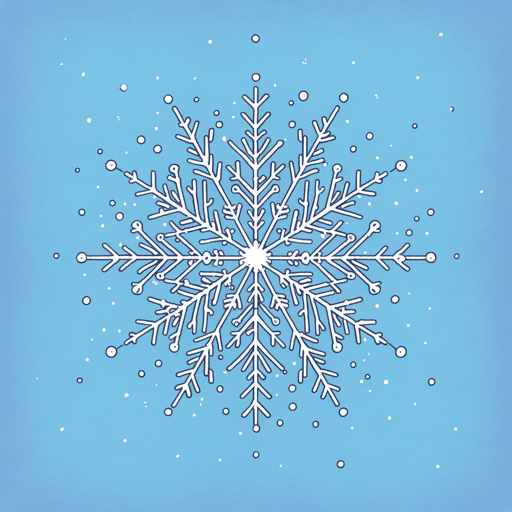
Cynthia in the Snow
Gwendolyn Brooks
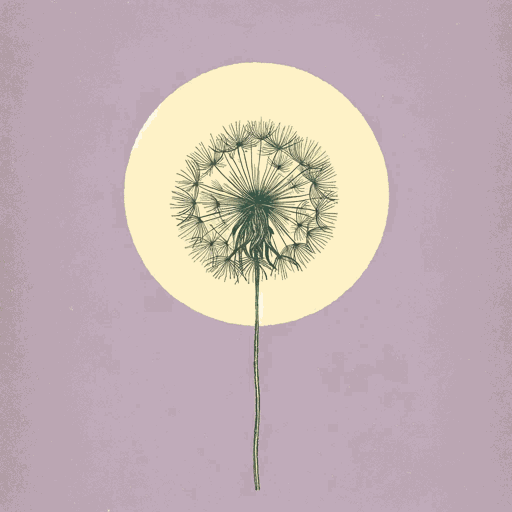
Maud Martha
Gwendolyn Brooks
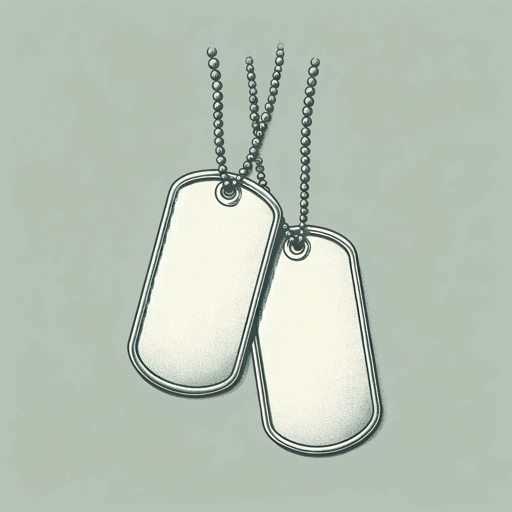
my dreams, my works, must wait till after hell
Gwendolyn Brooks

Speech to the Young: Speech to the Progress-Toward (Among them Nora and Henry III)
Gwendolyn Brooks

The Ballad of Rudolph Reed
Gwendolyn Brooks

The birth in a narrow room
Gwendolyn Brooks
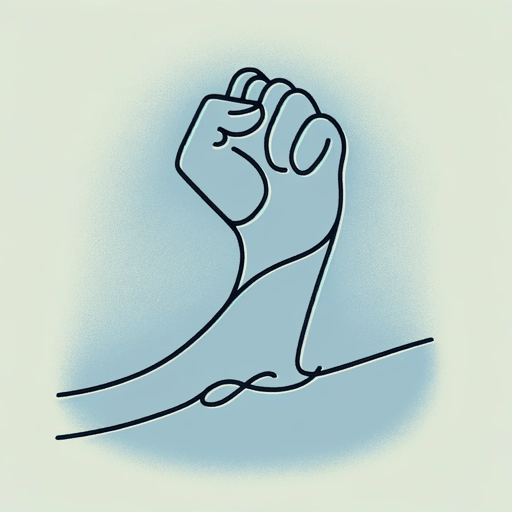
The Blackstone Rangers
Gwendolyn Brooks

The Chicago Defender Sends a Man to Little Rock
Gwendolyn Brooks

The Lovers of the Poor
Gwendolyn Brooks
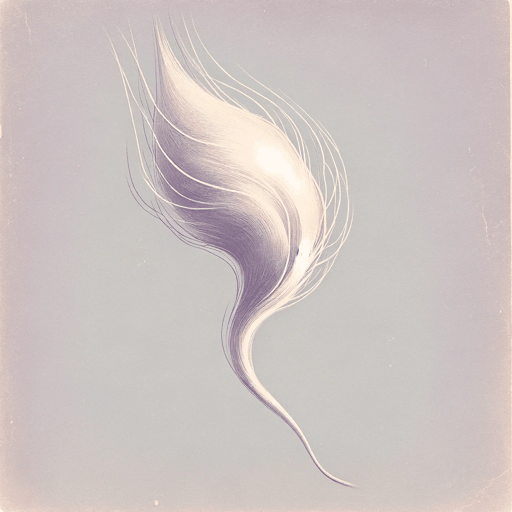
The Mother
Gwendolyn Brooks

the rites for Cousin Vit
Gwendolyn Brooks
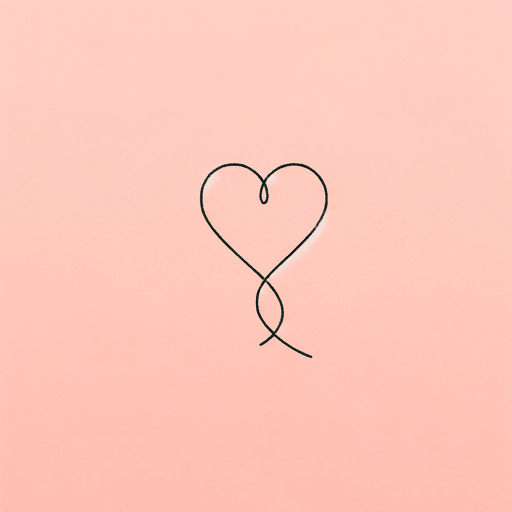
To Be in Love
Gwendolyn Brooks

To The Diaspora
Gwendolyn Brooks

Ulysses
Gwendolyn Brooks

We Real Cool
Gwendolyn Brooks
